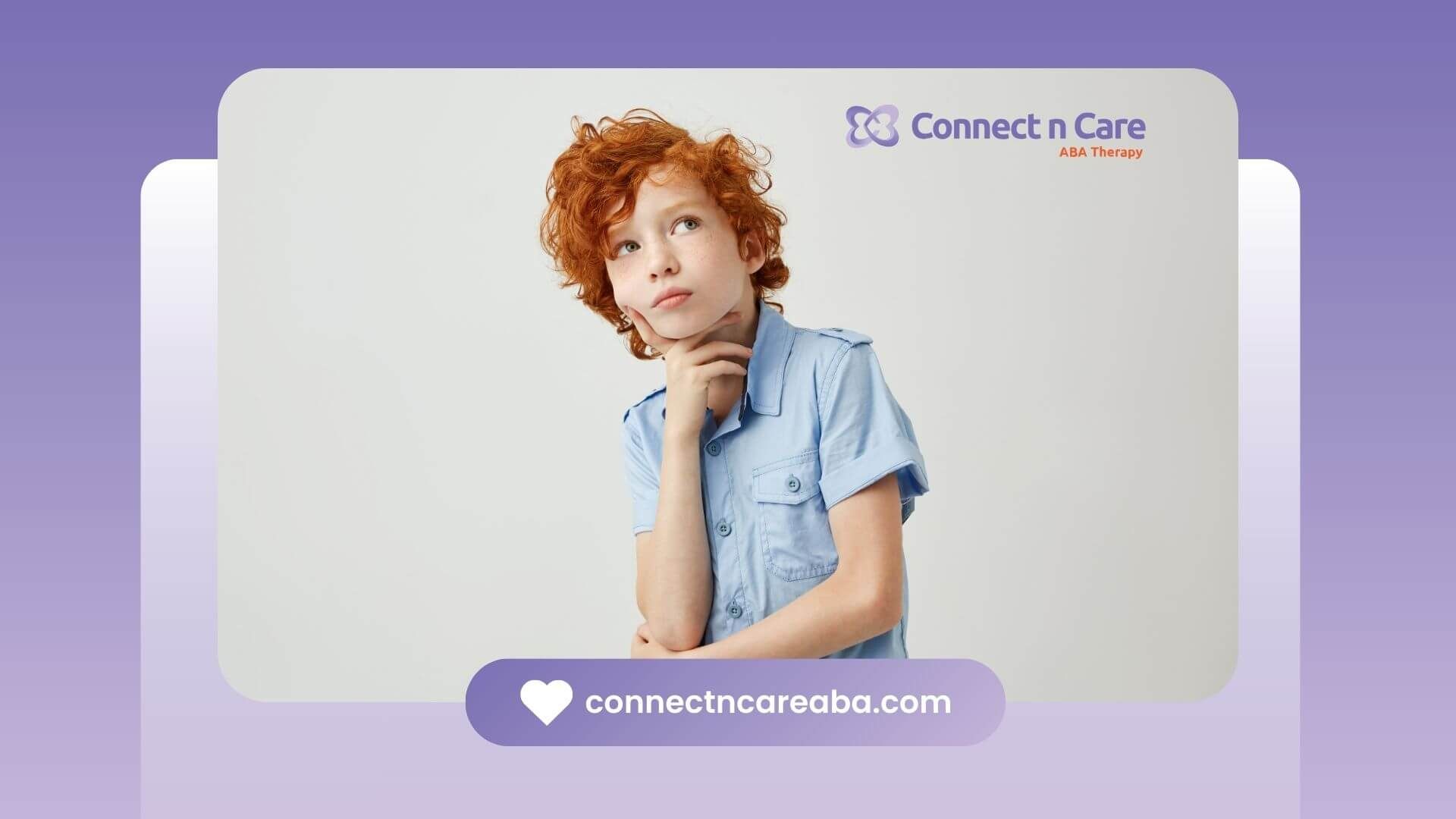Outdoor play is essential for all children, offering numerous benefits including physical exercise, sensory stimulation, and social interaction. For children with autism, outdoor play can be especially beneficial, providing opportunities for sensory integration, improved motor skills, and enhanced communication. In this guide, we will explore the best outdoor toys for autistic children, focusing on toys that promote sensory engagement, motor skills development, and social interaction.
Understanding Autism and Outdoor Play
Children with autism spectrum disorder (ASD) often have unique needs and preferences when it comes to play. Sensory sensitivities, motor skill challenges, and social interaction difficulties are common, making it important to choose toys that cater to these needs. Outdoor play can help autistic children in the following ways:
- Sensory Integration:
Outdoor environments provide diverse sensory experiences, from the feel of grass underfoot to the sound of birds singing. These experiences can help children with sensory processing issues.
- Motor Skills Development: Climbing, running, and other physical activities improve coordination and muscle strength.
- Social Skills: Group play activities can enhance communication and social interaction skills.
Key Considerations for Choosing Outdoor Toys
When selecting outdoor toys for autistic children, consider the following factors:
- Safety: Ensure toys are safe and appropriate for the child's age and developmental level.
- Sensory Stimulation: Choose toys that provide a variety of sensory experiences, such as different textures, sounds, and visual stimuli.
- Motor Skill Development:
Opt for toys that encourage physical activity and help develop fine and gross
motor skills.
- Social Interaction: Look for toys that promote cooperative play and social interaction with peers.
Top Outdoor Toys for Autistic Children
1. Sensory Swings
Sensory swings are excellent for providing vestibular input, which can help calm and regulate an autistic child’s sensory system. Different types of swings, such as hammock swings, platform swings, and cocoon swings, offer varying levels of sensory input and can be used both indoors and outdoors.
Benefits:
- Enhances balance and coordination
- Provides a calming effect
- Encourages physical activity
2. Trampolines
Trampolines are great for releasing energy and providing proprioceptive input, which is the sense of body awareness. Mini-trampolines with handle bars are particularly beneficial as they offer additional stability.
Benefits:
- Improves balance and coordination
- Provides proprioceptive input
- Encourages physical exercise
3. Water Tables
Water tables are a fantastic sensory play option, offering tactile stimulation and opportunities for imaginative play. These tables often come with various accessories like cups, funnels, and water wheels, which can keep children engaged for hours.
Benefits:
- Provides tactile sensory input
- Encourages fine motor skills
- Promotes imaginative play
4. Bubble Machines
Bubble machines create a mesmerizing visual and tactile experience that many autistic children find calming and enjoyable. Watching and chasing bubbles can also encourage physical activity and social interaction.
Benefits:
- Provides visual and tactile sensory input
- Encourages physical activity
- Promotes social interaction
5. Sand and Water Play Sets
Sand and water play sets combine the benefits of tactile sensory input with imaginative play. Children can build sandcastles, dig, and create water pathways, which helps with fine motor skills and creativity.
Benefits:
- Provides tactile sensory input
- Enhances fine motor skills
- Encourages imaginative play
6. Balance Bikes
Balance bikes help children develop coordination and balance without the need for training wheels. These bikes are designed to be low to the ground, allowing children to use their feet to propel themselves.
Benefits:
- Improves balance and coordination
- Encourages outdoor physical activity
- Builds confidence
7. Chalk and Sidewalk Paint
Drawing with chalk or painting on sidewalks provides a creative outlet and sensory experience. It also encourages fine motor skills and can be a social activity when done with peers.
Benefits:
- Promotes creativity
- Provides tactile sensory input
- Enhances fine motor skills
8. Sensory Pathways
Creating a sensory pathway in your backyard with different textures and materials (e.g., grass, sand, pebbles) can provide a stimulating sensory experience. This encourages exploration and physical activity.
Benefits:
- Provides varied sensory input
- Encourages exploration
- Enhances physical activity
9. Outdoor Playhouses and Tents
Outdoor playhouses and tents offer a private, enclosed space where children can feel safe and engage in imaginative play. These structures can be especially comforting for children who need a break from sensory overload.
Benefits:
- Provides a safe, enclosed space
- Encourages imaginative play
- Offers a sensory break
10. Musical Instruments
Outdoor musical instruments like drums, xylophones, and chimes can provide auditory stimulation and encourage creative expression. These instruments can be placed in a sensory garden or outdoor play area.
Benefits:
- Provides auditory sensory input
- Encourages creative expression
- Can be used for social play
Tips for Successful Outdoor Play
To ensure that outdoor play is enjoyable and beneficial for autistic children, keep the following tips in mind:
- Routine and Structure:
Establish a routine for outdoor play to provide predictability and comfort.
- Supervision: Always supervise children to ensure safety and offer guidance when needed.
- Sensory Breaks: Provide opportunities for sensory breaks if a child becomes overwhelmed.
- Encouragement:
Encourage participation in various activities, but allow the child to set the pace.
- Adaptation: Be flexible and adapt activities to suit the child's interests and needs.
Conclusion
Choosing the right outdoor toys for autistic children can make a significant difference in their play experiences, providing them with opportunities for sensory engagement, physical activity, and social interaction. By selecting toys that cater to their unique needs, parents and caregivers can help autistic children thrive in an outdoor setting.
At Connect n Care, we understand the importance of tailored support and activities for children with autism. Our team is dedicated to providing resources and guidance to help families create enriching and enjoyable play experiences for their children. Contact us today to learn more about our services and how we can support your child's development through play.









